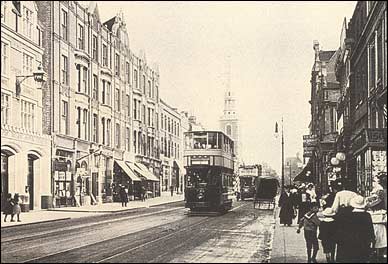At 3.40 am on the morning of the 31 August 1888 Charles Cross made a startling discovery on Buck’s Row in Whitechapel. He was on his way to work at Pickfords in the City when he found a woman’s body lying in front of the entrance to a local stable yard. Cross was soon joined by Robert Paul who was following his route along the road now renamed Durward Street. The two men could see the woman had been attacked and ran off in search of a policeman.
The woman was Mary Ann Nichols, commonly known as ‘Polly’. She was the first ‘canonical’ victim of the Whitechapel murderer; or ‘Jack the Ripper’. Polly’s death heralded the start of the so-called ‘autumn of terror’ and would dominate the news hole for most of the rest of 1888.
However, the papers on that day were too late to carry the story of Polly’s brutal murder. Instead the Standard supplied its crime reading public with more tales from the Police Courts, on this day they were mostly burglaries – the archetypal crime of the eponymous ‘criminal class’.
At Greenwich James Clark and John Roberts (both listed as ‘of no home’) were accused of breaking into a stable in Deptford. They stole a pony and cart belonging to a grocer. Clark had previously been convicted and sent to prison for 3 months for embezzling funds from a previous employer. Both were committed for trial.
Henry Walter Barry, a 21 year-old clerk, was accused at Marylebone of burgling a house in Kilburn. He got away with a silver watch and chain and other goods belonging to a warehouseman. Barry was also charged with stealing some boots from a bootmaker who had initially let him borrow them as ‘he was a good customer’. When he never reappeared with the boots or any money he pressed charges. Barry was remanded for further enquiry.
John Terroad topped the bill however. He came up at Wandsworth Police Court charged with ‘burglariously entering the residence of Mr. Harry Bishop of Manor Street, Clapham, Mr. Edward James of Ilminster Gardens and a Mr Williams at Putney. In fact Terroad had boasted of ‘having committed 120 in various parts of London’. The justice committed in to trial.
With these three in custody Londoners could sleep a little easier in their beds that night, well at least until they read the breaking news about the ‘Whitechapel fiend’.
[From The Standard, Friday, August 31, 1888]





